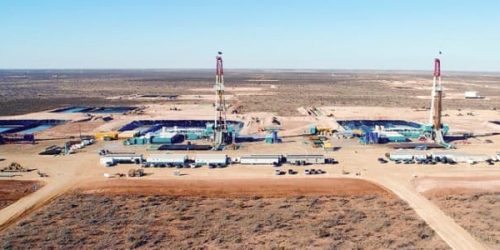Crude oil production has already peaked in the United States, according to a leading independent oil producer in the U.S. shale patch.
Chief executive of Parsley Energy Matt Gallagher said that the peak production that the United States hit back in March—13.1 million bpd on average—represented shale’s glory days, ne’er to be repeated, according to the Financial Times.
That forecast comes as the Energy Information Administration published its monthly Drilling Productivity Report, which shows the month of August should see even less production from the seven largest shale plays in the United States than July saw—and that wasn’t pretty for shale producers.
In August, the EIA expects production in the seven largest shale plays to fall another 56,000 bpd, to 7.49 million barrels. Oil production for July is estimated at 7.546 million barrels, down from an estimated the 7.632 million barrels per day that it estimated for July in last month’s report.
In August, just like July, the biggest production dropoff in absolute terms is expected to be in the Eagle Ford, with a projected loss of 23,000 bpd, to 1.106 million bpd. Anadarko and Niobrara basins are each expected to drop by 18,000, and the Permian basin is expected to fall by 13,000 bpd.
“I don’t think I’ll see 13m [barrels a day] again in my lifetime,” Gallagher told the Financial Times.
His prediction doesn’t look as crazy as previous calls for peak oil, considering that the production level of 7.5 million bpd that the EIA is anticipating for next month represents a two-year low.
The EIA expects U.S. production to come in at 11.6 million bpd this year, and 11.0 million bpd next year, according to the latest Short-Term Energy Outlook. It’s longer term projections, however, made before the coronavirus pandemic, are for increased production over the next decade.
OPEC, too, is expecting crude oil production, including lease condensate, to increase in the United States over the next decade, before falling off.





